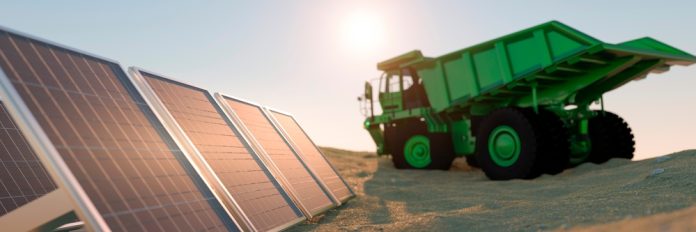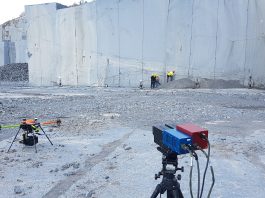Andy Birtles, Strategic Advisor for Extraction at IOM3, illustrates some of the challenges and solutions regarding the implementation of sustainable mining practices.
Sustainability in mining may be considered to be an ‘oxymoron’, as how can depletion of a natural resource, in whatever form it may be, be considered ‘sustainable’? There are many thoughts and approaches to what this entails, and this article presents some issues to be considered when considering the term ‘sustainability in mining’ or perhaps what might better be termed ‘responsible mining.’ Since the 1980s, sustainable mining approaches have been developed, and this has resulted in additional terminology and a plethora of acronyms being coined to further promote good operating practices.
The International Energy Forum considers a need for change. The mining industry is actively working towards a greener, more ethical framework and has identified several ways to incorporate sustainability into mining, including appropriate waste management, land rehabilitation, increasing renewable power generation, carbon capture, and technological innovations.
There is a concerted thrust toward sustainable mining, as evidenced in the European Union’s Critical Materials Act (CMA). A recent presentation attended by the author suggested that tough regulations will be imposed on mining operators in terms of sustainability.
There are many articles and technical papers discussing sustainable mining, Environment, Social and Governance (ESG), stewardship, trust, ethics, shared value, human rights etc. Many players in these sectors are prominent in the promotion of ESG and the issues associated with sustainable and responsible mining.
Questions regarding sustainable mining
Some of the questions posed when considering sustainable mining include the following:
- What are the key principles of sustainable mining practices, and how can these be implemented to minimise environmental impact?
- How do current mining practices impact local ecosystems and communities, and what steps can be taken to mitigate these effects?
- What role does legislation and policy play in promoting sustainable mining practices, and what are some examples of effective regulatory frameworks from around the world?
- How can mining companies integrate renewable energy sources and energy-efficient technologies into their operations to reduce their carbon footprint?
- What are the challenges and opportunities associated with the reclamation and rehabilitation of mined land, and how can companies ensure long-term environmental sustainability?
- How can governments, industries, and communities collaborate to develop and enforce policies that ensure responsible mining practices and equitable distribution of benefits?
General approach
There is an adage that says: “If it can’t be grown, and it can’t be bred, it has to be mined.” This is as true today as it was when the expression was first coined. Previously, mining sites were dusty, polluting and uninspiring, as can be depicted in L. S. Lowry’s ‘Coming from the Mill’ and many photographs of the coal mining and coal-using areas in the UK of the 18th, 19th and 20th Centuries. Attitudes to the environment and pollution in the UK started to change after World War II. The National Coal Board (later British Coal) commenced a programme of rehabilitation of the discard dumps, and now, while driving through the old coal mining areas, little evidence of mining activity can be seen, and the rehabilitated discard dumps now sustain farming activities.
Recent mine developments in the UK have considered the impact of the mine on the environment. Woodsmith Mine, in the North York Moors National Park, has developed its ‘headstocks’ underground and, where possible, has minimised the visual impact of the operation.
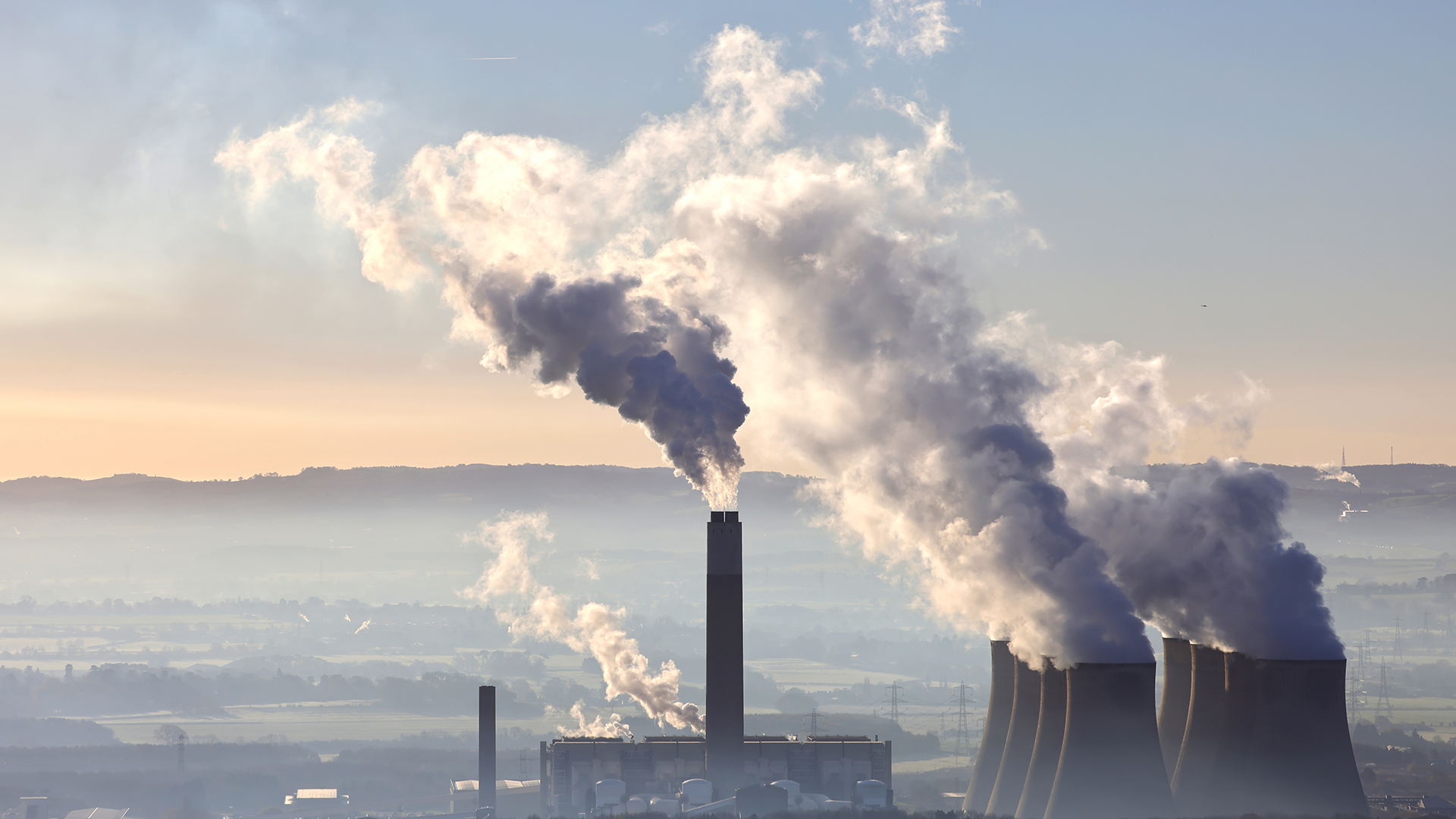
coal thermal power station near Nottingham, UK. © shutterstock
Another mining project has taken a similar stance and is planning to reuse an old industrial site for the development of surface facilities.
Many mining operations around the world have taken appropriate steps to reduce the visual and audible impacts associated with mining. Monitoring of noise, light, dust, vibration, subsidence, seismic tremors and other forms of nuisance pollution is undertaken as a matter of course, and adherence to trigger points is strictly managed.
Water treatment is a major consideration in the planning and operation of mining operations, particularly where water is required to be pumped from the mining areas to allow production to be sustained. Strict controls are imposed by local legislation, but mining operations seek to exceed those constraints, and strict monitoring of water quality and discharge are important activities undertaken by the mines. There are operations which treat the mine water and then use this water in the mine’s industrial processes or, in some cases, supply the treated water to the local municipalities for use by the residents in those municipalities.
Community and ecosystem impact approaches
The principle of involving interested and affected parties is not new; this type of involvement has been undertaken since the mid-20th Century. Many of the older mining operations have had to retrofit approaches to mitigate negative impacts on local ecosystems and communities while seeking new opportunities to enhance positive impacts to maximise the potential for shared value with all stakeholders.
An Environmental and Social Impact Assessment (ESIA) is necessary to assess the impact on local communities and ecosystems, but it is only one part of the wider management approach. Investigations during these ESIAs can go as far as looking for the E-DNA of a species of animal to understand the habitat and the presence of vulnerable species.
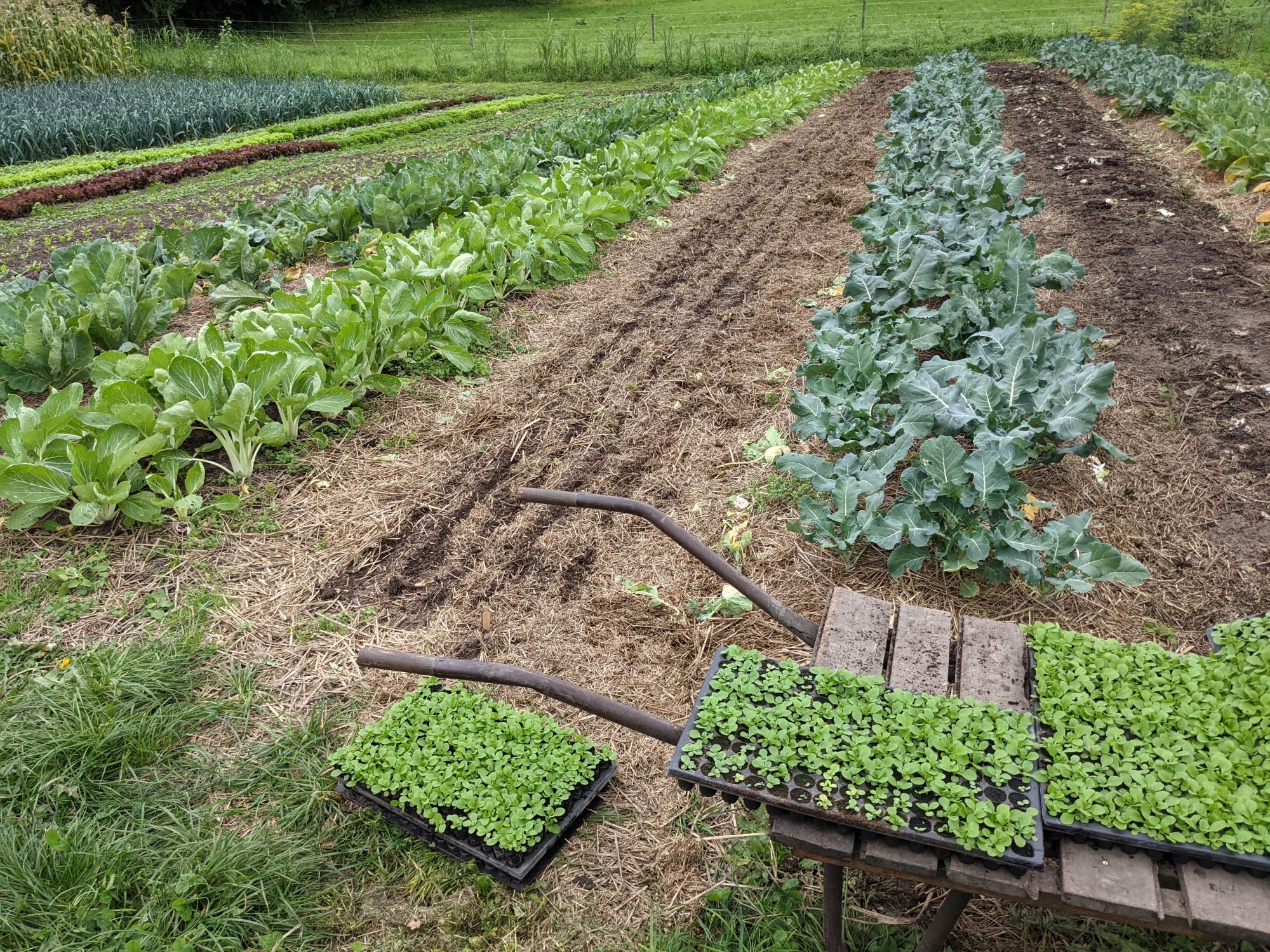
Current practice includes the engagement of local communities in assisting with the protection of the local biodiversity, ecosystem services, and nature-positive aspects of the mining project. The mining industry is currently adopting best practice approaches, including involving local communities in the monitoring of the environmental and social impacts of the mining operation, including the impact on biodiversity and land capability.
Many modern mines, particularly in developing countries, have a department which continuously liaises with the local communities and, in conjunction with those communities, addresses any problems before they become significant environmental or health issues. In other examples, there may be a community relations officer whose role may sometimes be outsourced. The author has seen examples where good communication between the community and the mine has assisted in the development of appropriate modifications to the way the mining company operates.
Operations that don’t comply can be thrust into the media spotlight, giving the mining industry ‘bad press’ while ignoring the plethora of operations that are actively involving the community in sustaining the environment.
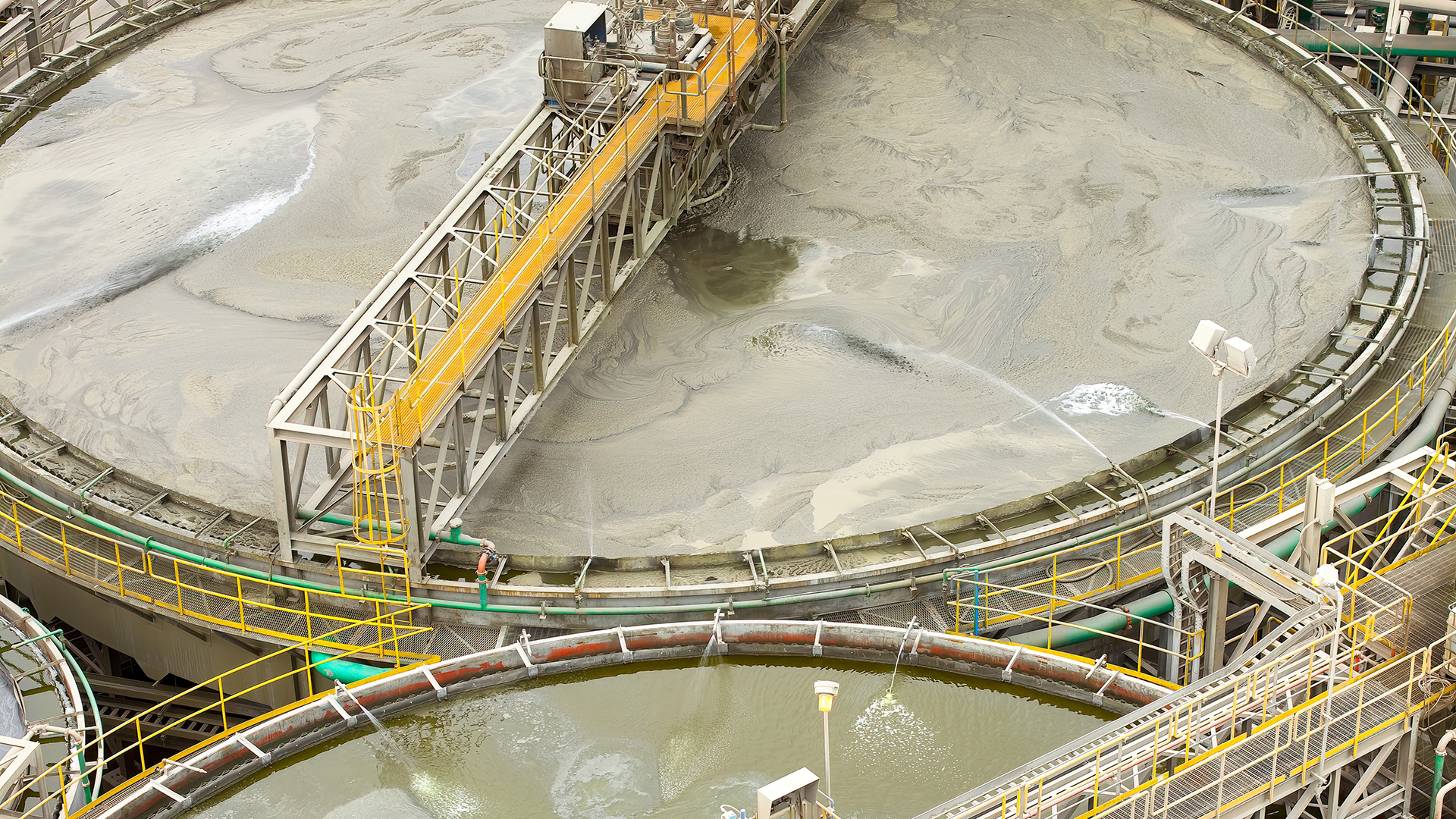
Legislation and policy
Most countries have strict regulatory frameworks that control the impact of mining on the environment and the local communities. However, the key to this is the effective enforcement of the regulatory frameworks and the consistent application of the legislation to all mining operators. Unfortunately, for many jurisdictions, this does not always happen, and thus, either voluntary or industry-led standards may play a larger role in ensuring responsible mining.
An example of an industry-led standard is linked to mineral reporting. The initial reporting of the Mineral Resources according to internationally recognised Codes and Standards of Reporting requires investigations into ESG and related matters, and the PERC Standard was one of the first of these Codes of Standards to formally introduce enhanced ESG requirements. The Global Industry Standard on Tailings Management is another recently introduced multi-stakeholder voluntary standard for the better management of tailings storage facilities (TSFs). However, TSF failure events continue to occur, often with catastrophic effects on communities and the environment.
Renewable energy in mining
Many mining operations, particularly those where the Photovoltaic Power Potential is high, have installed solar panels and associated battery storage facilities. Consideration could be given to the installation of Concentrated Solar Power plants. This initiative cannot be available to all areas of the world. Still, it would be suitable for installation in Australia, North Africa, southwest Africa, the Middle East and parts of South America.
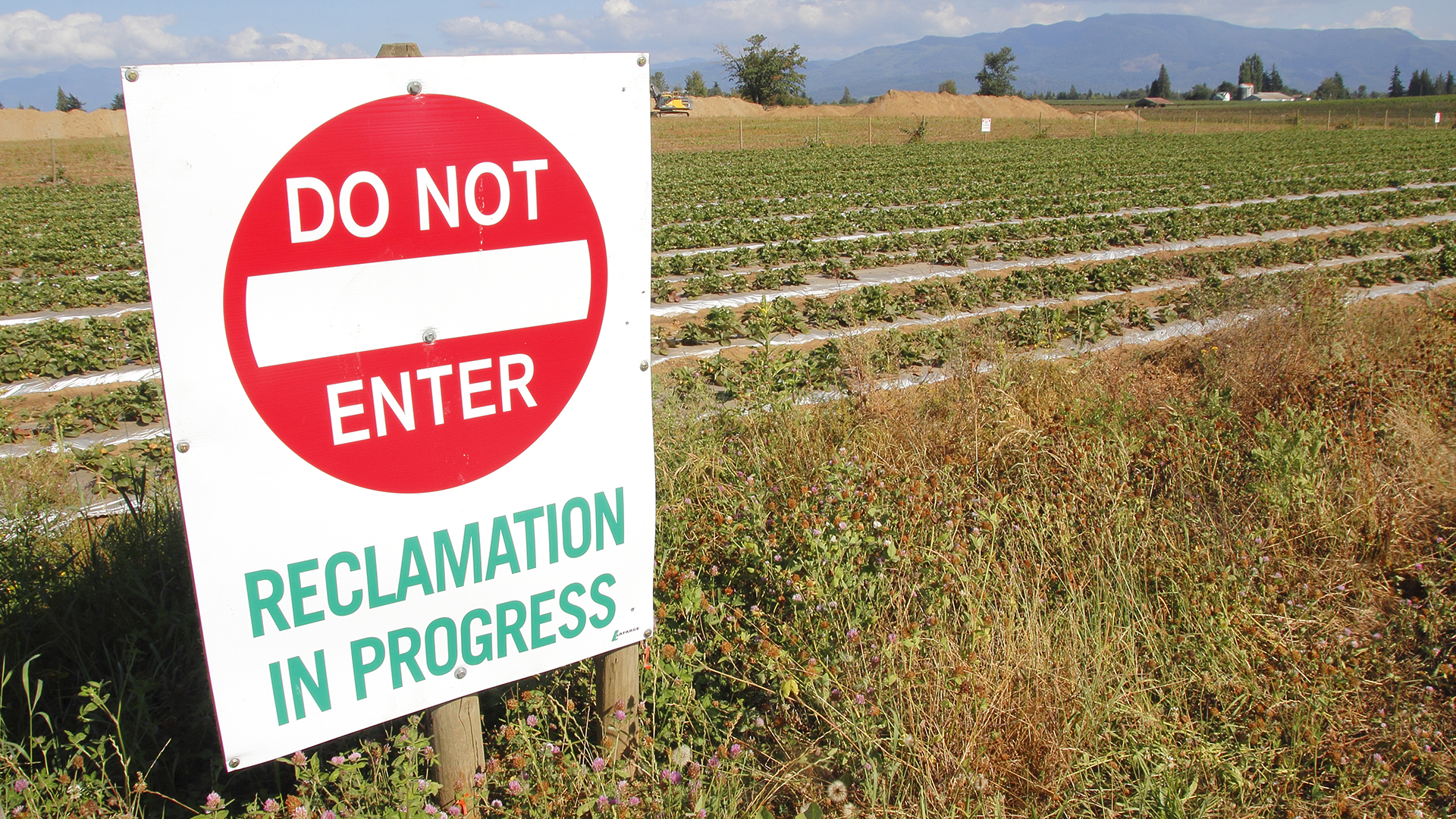
Coal mining operations, where methane drainage is practised, create power from gas engines and reduce methane emissions into the atmosphere. The power generated, while insufficient for the total mine, is used for less energy-intensive operations or supplied to the local or national grid network for the benefit of the local communities.
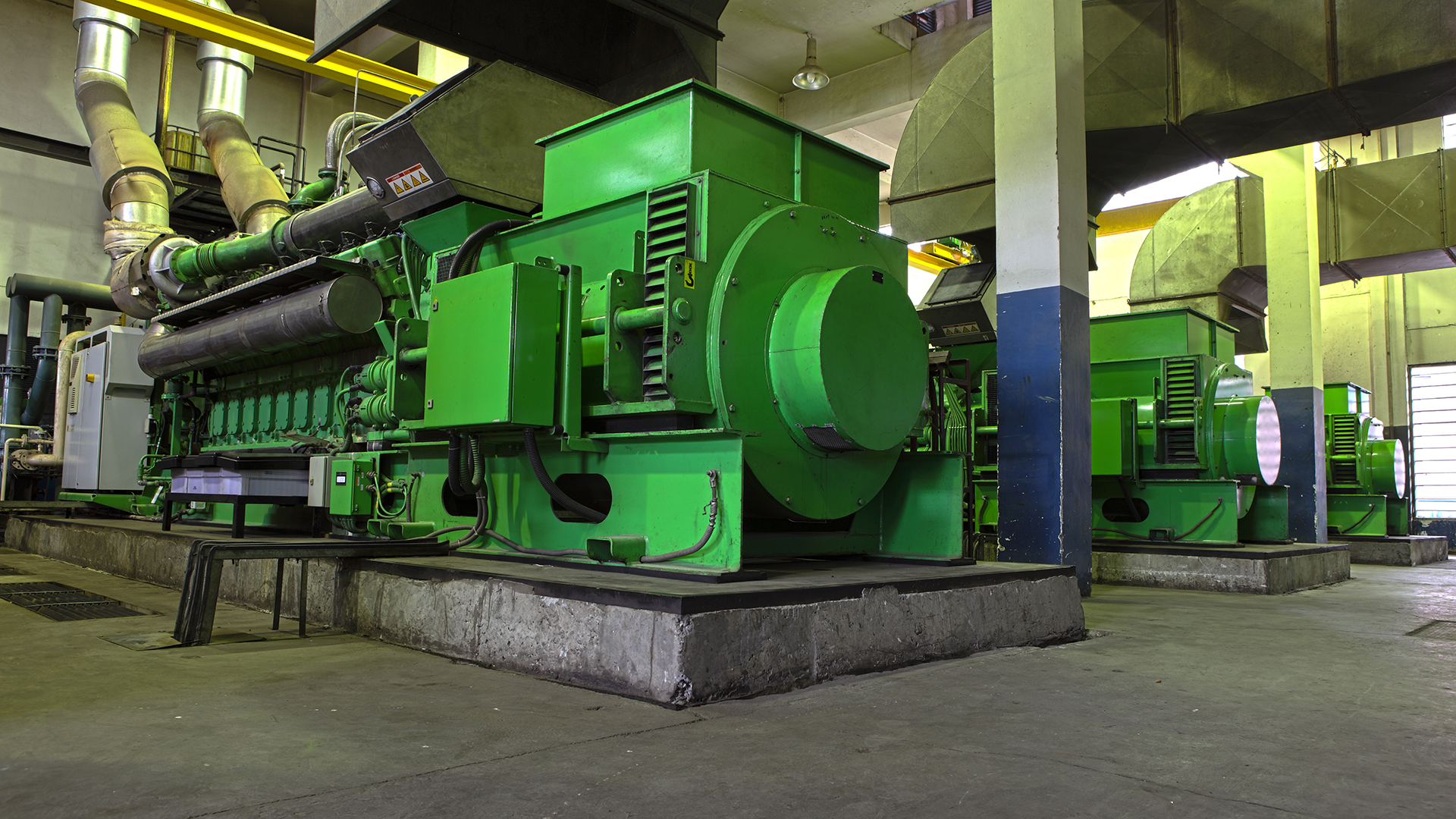
Some mining operations are rehabilitating disused or dysfunctional hydroelectric power generation facilities, with an agreement with the national government that power will be free until the cost of rehabilitating the facility has been reclaimed. The company then are required to maintain the facility during the life of the mining operations and hand back, when mining ceases, a fully functioning power generation facility for the benefit of the community.
Reclamation and rehabilitation
Reclamation of mined land encompasses many facets. Metalliferous open pits are generally unable to be rehabilitated fully, but applications have been found for these holes in the ground, including allowing the pits to fill with water and be used recreationally. The larger open-pit copper mines, particularly those in South America, are unlikely to be rehabilitated at all after the extraction of hundreds of millions of tonnes of ore.
The Chinese have found a novel idea for the use of an old open pit mine and have built a luxury hotel in the void remaining from mining. At the time, a UNESCO representative described the hotel as a model for sustainable development.
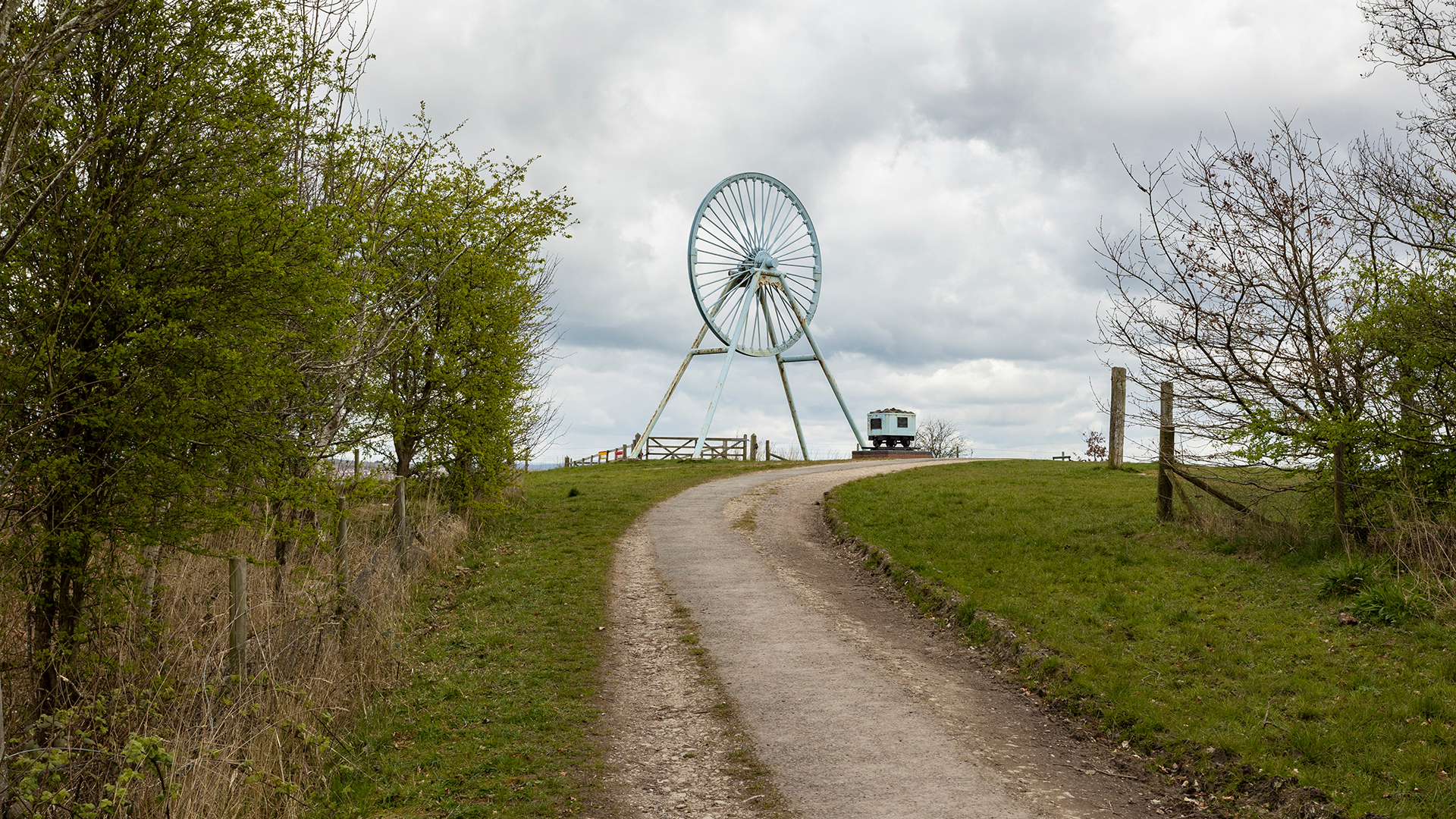
Stoke City football ground was constructed on the former site of Stafford No.2 Colliery, which closed in 1969. Another example of conversion of a mine site into a community benefit.
In the UK, while driving along the M1 between Chesterfield and Wakefield, there is evidence (or rather, there is no evidence) of rehabilitated mine dumps and mining industrial areas. During the 1980s, many mines operated in this area, and the discard dumps were readily seen. This is proof that, at the time, the UK was probably a leader in mine rehabilitation and land restoration.
Other predominant coal mining areas in Europe and globally have adopted sustainable approaches to prevent the spontaneous combustion of discarded (waste) dumps and progressively rehabilitate these dumps to spread the costs associated with the rehabilitation activities. This approach has significantly improved the air quality in the surrounding communities, and the communities are actively encouraged to assist in the profiling and final land capabilities.
Where coal mining occurs, particularly with longwall mining, subsidence occurs. In Poland, over time, some of the mines have been operating, and the ground has subsided by more than 50m. Certain monuments and buildings are now required to be protected, and mining is prevented within the zone of influence of these structures.
Where subsidence does occur, and the depressions fill with water, whole new ecosystems can be developed. This is evidenced in Poland and Bangladesh, and in the Polish case, the local communities indicated that they preferred their ‘new wetland’ to agricultural land prior to mining. In the Bangladesh case, the ‘lake’ created by subsidence sustains a new fishing industry and provides irrigation for rice fields.
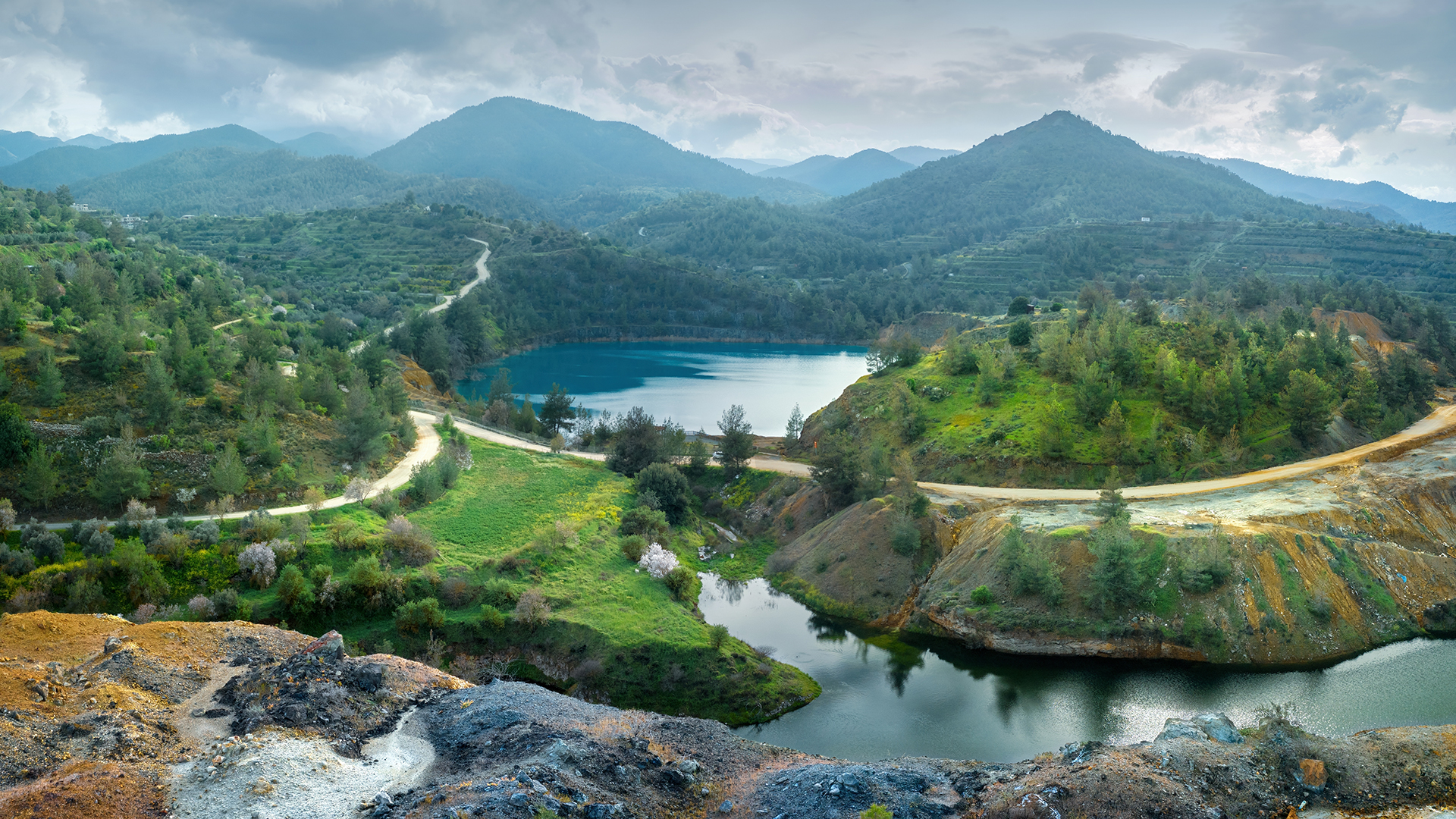
Some local examples of conversion of mining operations for alternative use, apart from some of the mining museums scattered in historical mining areas (Chatterley Whitfield in Stoke-on-Trent as an example), include the Eden Project in Cornwall, which has converted an old China Clay site into a thriving bio-diverse enclosure with a wide variety of plant species. The National Archives use the non-active areas of the Winsford Salt Mine in Cheshire for storage of some of their documentation. The constant temperature and low humidity are conditions that allow the long-term storage of important documents. Edinburgh company Gravitricity is developing systems that use mine shafts to store and supply energy to the National Grid. These systems are designed to leverage the power potential of underground shaft systems.
Tailings dams will also need to be rehabilitated to ensure their integrity is maintained after operations have ceased. This may include establishing a gravel or rock cover and more appropriate shaping to encourage runoff and minimise infiltration.
Many initiatives are being introduced that address the need to rapidly vegetate rehabilitated land and dumps. These include using hydroponics, using treated water from the mines, researching types of vegetation that can cover an area rapidly, which can be ploughed into the top surface as organic matter, planting and irrigation of trees, allowing the repatriation of wildlife, and the development of wetlands, which again can re-establish a variety of native flora and fauna in a natural way.
Sustainable mining policy enforcement
There will always be mining operations that are undertaken with scant regard to the environment, health and safety, and community involvement. Unfortunately, these will generally make the headlines in the media and are generally in the least politically stable of countries. However, there are many examples of cooperation between the local and national governments, communities, non-governmental organisations, professional associations and educational institutions to develop a responsible mining project that will benefit the community (employment and supply of services and goods), the environment (limited impact during operation and continuing upholding of environmental standards), and the country (taxes and royalties). These allow innovative approaches to managing the impacts arising from mining to ensure a more sustainable future for the area around the mine.
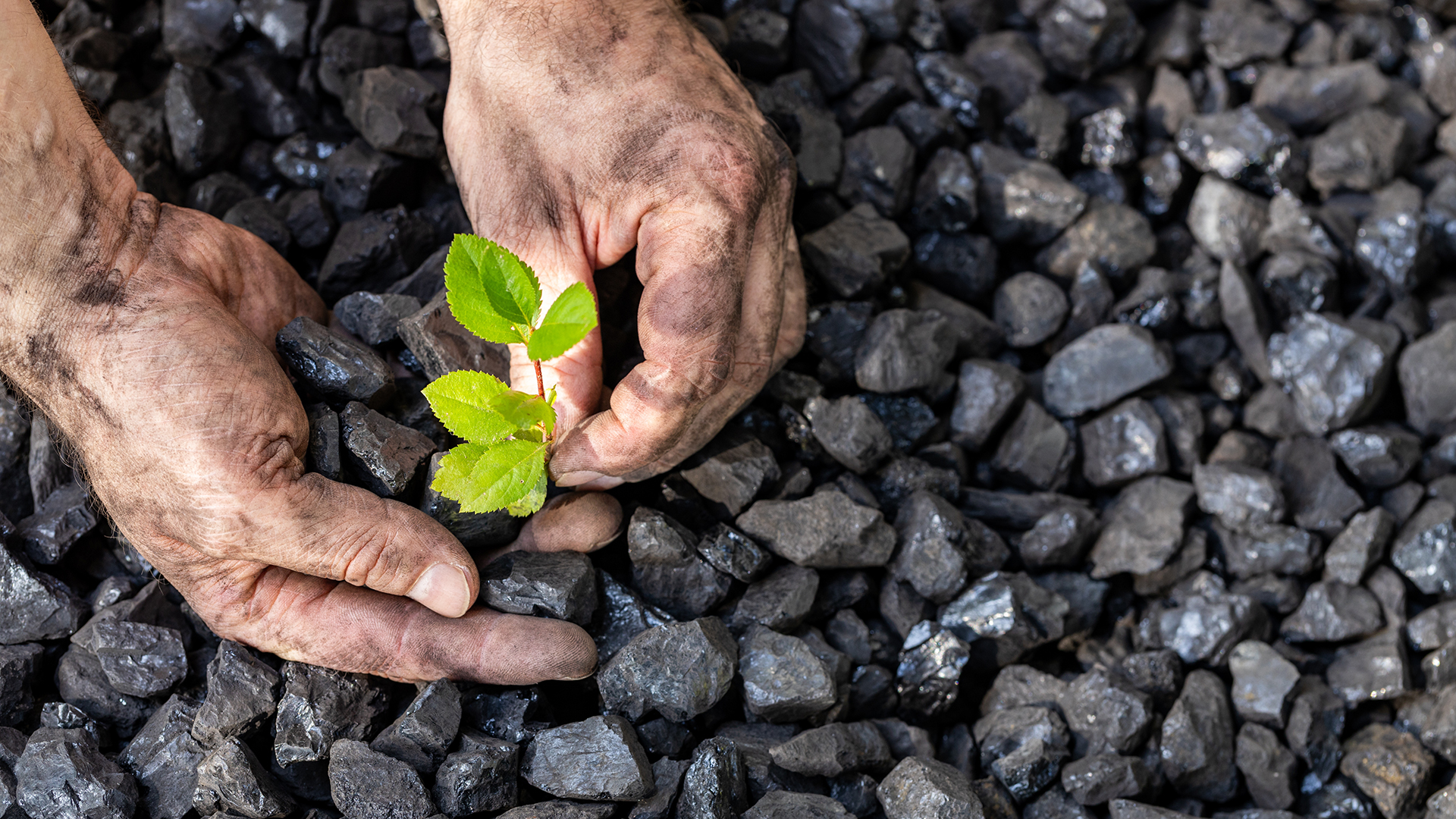
This need for ongoing cooperation extends long beyond the life of the mine, and once mining has ceased, a certain amount of stewardship is still required. In the UK, there is the Coal Authority, which continues to be involved with the mining industry, supplying information (where available) relating to old workings, shaft locations, discard dump and TSF locations, and any other matters relating to the historical issues associated with mining. The Coal Authority, according to the UK government website, makes a better future for people and the environment in mining areas. The Coal Authority is an executive non-departmental public body sponsored by the Department for Energy Security and Net Zero.
Future outlook for sustainable mining
In Europe and many other parts of the world, mining has a bad press, and anti-mining activists try to prevent mining, without which we would not be able to have the luxuries that are taken for granted: Mobile phones, electric cars, solar panels, electricity, mass-produced designer clothes, efficient agriculture – the list can be extended ad nauseum, ad infinitum!
Many mining companies and projects operate and develop responsibly with a focus on sustainability and a long-term view of leaving a positive legacy. Back to the adage mentioned earlier, ‘if it can’t be grown, and it can’t be bred, it has to be mined.’
The IOM3 are involved in recognising excellence in sustainable resource management and protecting and enhancing biodiversity, water, air, and soil through the Sustainable Future Awards initiative.
Please note, this article will also appear in the 19th edition of our quarterly publication.

